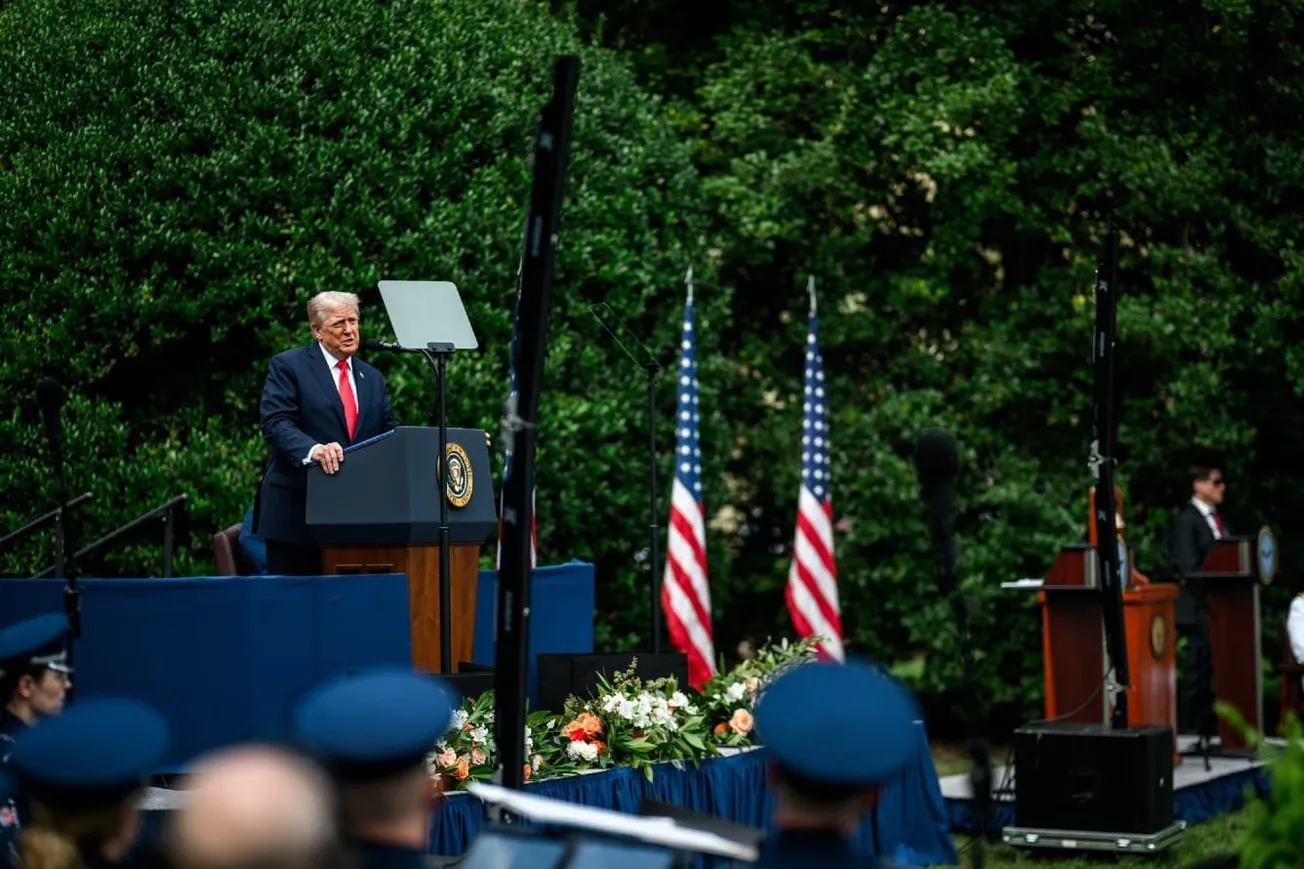By Connor Mortell, Mises Wire, January 18, 2025
In recent discourse, a group of thinkers—most largely championed by James Lindsay—has begun publicly criticizing an ideology that they refer to as the “Woke Right.” The idea is that it is the right-wing equivalent of what has come to be understood as the “woke” parts of the left. Because of the vagueness of the word “woke,” Lindsay published this X thread explaining what exactly he means by “Woke Right.” However, for a shorter and simpler explanation, Lindsay offers the following rough definition:
Woke Right means you think people in your particular identity group are oppressed and need to band together in your identity group to fight back and take power against your enemies.
Perhaps there is an argument to be made that there is such a group, however, the use of “woke” for both sides shows that he is missing a key point. It is easiest to demonstrate with Lindsay’s stance on the recent immigration discourse where he claimed that:
You don’t want to hear it, but the slogan “America is for Americans (first)” is the Woke Right’s “black lives matter.” You can get really mad at me for pointing it out, but you should also try to reflect on the truth of what I’ve told you here.
This is the main thesis of the criticism of the Woke Right put into practice. The ultimate example of the Woke Left that everyone has largely understood was the Black Lives Matter movement of 2020. He’s now claiming that the “America is for Americans” movement is the same concept from the right-wing perspective. The logic is that both are defending a certain identity group against a different identity group, which seems sound enough, but what he is failing to understand is the difference between meaning and machinery. He is operating as if usage of the same or similar machinery means that the groups have the same or similar meaning. G. K. Chesterton answered this very problem well over one hundred years ago in his book Orthodoxy,
So the truth is that the difficulty of all the creeds of the earth is not as alleged in this cheap maxim: that they agree in meaning, but differ in machinery. It is exactly the opposite. They agree in machinery; almost every great religion on earth works with the same external methods, with priests, scriptures, altars, sworn brotherhoods, special feasts. They agree in the mode of teaching; what they differ about is the thing to be taught. Pagan optimists and Eastern pessimists would both have temples, just as Liberals and Tories would both have newspapers. Creeds that exist to destroy each other both have scriptures, just as armies that exist to destroy each other both have guns.
Chesterton was writing this to defend his Christian belief in the Apostles’ Creed, hence his usage of the word “creed” throughout this comparison, however, the key point still stands. The fact that two belief systems use comparable machinery does not make them at all identical if the machinery is pointed in opposite directions. While the BLM movement may have sought to incite outrage in similar ways that the “America is for Americans first” movement seeks to incite outrage, the ultimate goals of these movements are directly contrary to each other. I know the readership here at Mises.org is somewhat divided on the issue of immigration, so I don’t intend to make a case one way or another for the movement in question, I just mean to point out that any critical thinker can see that these two particular movements are much more comparable to opposing armies and the fact that they have similar methods does not mean they have similar goals.
While this is the most recent example of this error, for this particular audience there is a much more obvious example found among the criticism of the Woke Right, and this is in the groups categorized within it. One of the major groups that gets dubbed the “Woke Right” is the followers of Paul Gottfried or Hans-Hermann Hoppe, as Lindsay states:
Some of these lines will follow people like Paul Gottfried, who studied under Herbert Marcuse, to rehabilitate Critical Theory. Hans Hermann Hoppe is another such character they’ll point to; he studied with Critical Theorist Jurgen Habermas. They’ll adopt Critical Theory, though.
I presume I do not have to argue to readers here that Hoppe is not very much in any sort of “woke” camp. However, to continue to show that this Woke Right criticism fails to understand the difference between meaning and machinery, it is worth looking at what Lindsay refers to as the economic system of the Woke Right: “The Woke Right wants to destroy capitalism and replace it with a socialistic model called ‘distributism.’”
The distributist movement gets lumped in with Hoppean ideas because, externally, something like a covenant community could look an awful lot like a distributist ideal of “distributed property.” But this is because of machinery and misses any semblance of meaning.
Hans-Hermann Hoppe is such a capitalist that he is a self-described anarcho-capitalist. He has written entire books against socialistic models. Leaders of the distributist movement argue that it is impossible without the government. Hoppe explicitly understands the government as a violation of the non-aggression axiom. Whether or not Lindsay is right to have identified this particular group correctly, it cannot be made more clear that he has missed the key difference between machinery and meaning within this group.
Connor Mortell received his BBA in finance from Texas Christian University and his MBA from Florida State University.
Original article link









